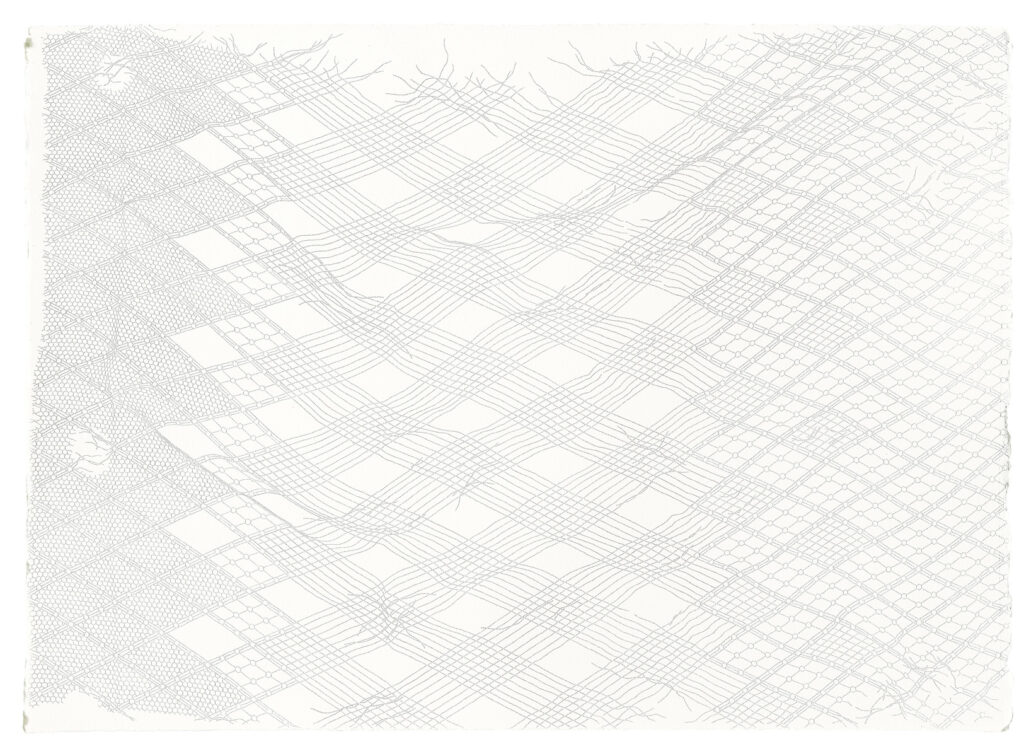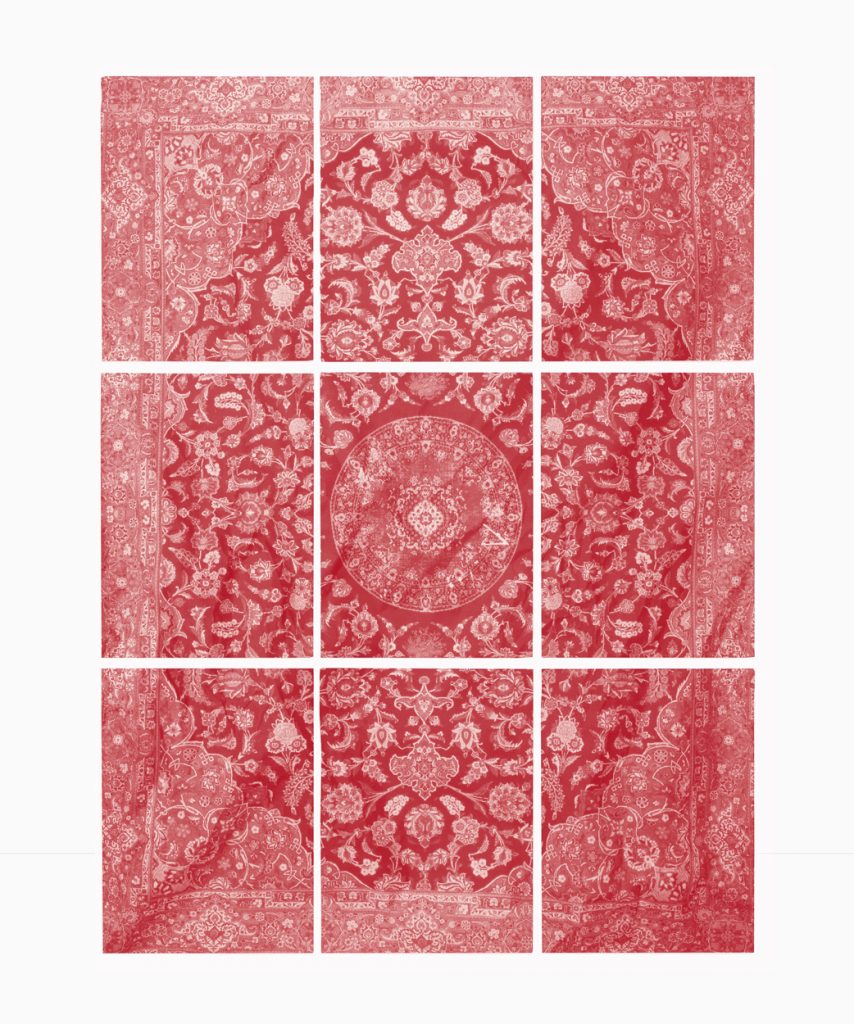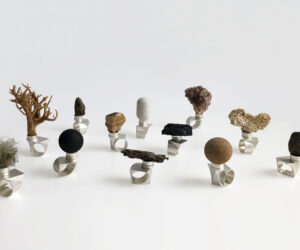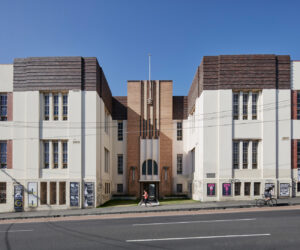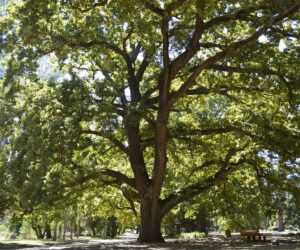Heide Museum of Modern Art to present Stanislava Pinchuk: Terra Data
Heide Museum of Modern Art will present the first career survey of Ukrainian-Australian artist Stanislava Pinchuk from 20 March to 20 June 2021. Presented in Heide Modern, Stanislava Pinchuk: Terra Data will bring together for the first time more than 40 key works from Pinchuk’s practice plotting the changing topographies of war and conflict zones to explore how the landscape holds a memory of past political events.
Born and raised in Ukraine, and now based between Naarm (Melbourne) and Sarajevo (Bosnia & Herzegovina), Stanislava Pinchuk is one of Australia’s most exciting contemporary artists. Beginning with recording the Ukrainian Civil War, in her home country, she has since made large bodies of architectural survey work centred around the Fukushima and Chernobyl nuclear exclusion zones, and the Calais ‘Jungle’ Migrant Camp in France.
Heide Museum of Modern Art Director Lesley Harding said, “This first museum survey of Stanislava Pinchuk’s art reveals the deep connection and sensitivity she has to place, and her understanding of the fragility of life and landscape. While she takes places of political and physical conflict as her subject matter, her drawings attend more to the aftermath than the battle – the emotional scars and consequent suffering, which are expressed in beautiful drawings and sculptures. Her alertness to the past being ever present is reinforced in the way Stanislava makes her works; they are rendered meticulously and mindfully, pinhole by pinhole, acknowledging the labour and time-honoured traditions of women’s creative practices.”
With a practice spanning drawing, installation, tattooing, film and sculpture, Pinchuk is best known for her paper-based pinhole works that see collated geographical data rendered in delicate pinhole patterns created using an etching burin and hand mallet. Terra Data will present key works from five major series developed between 2015 and 2020.
Sarcophagus is a series of drawings that chart the ways in which different ground types at Chernobyl’s Reactor 4 hold memory of the nuclear disaster. Plotted as a bridal tapestry, the data measures radioactivity readings of raw earth at the ‘Sarcophagus’, against the readings from concrete laid before and after 1986. For Pinchuk, born in Ukraine shortly after the catastrophe, the works are an autobiographic examination of the long-standing echoes and legacies of the disaster today.
Borders features drawings and sculptures created in response to the forced evacuation and destruction of the 2016 Calais ‘Jungle’ Migrant Camp in France. The series visualises collected data as traditional Calais lace, referencing the historical industry of the city as well as its more contemporary notoriety for political borders. Shown alongside the data maps is a series of terrazzo blocks preserving the last 20 kilograms of camp objects left behind, including SIM cards, shotgun shells, tent poles, shoes, toothbrushes and kiosk tiles, trampled into the ground during the forced evacuation. As an architectural material of both interior and exterior use, terrazzo reflects the nature of the public domesticity of life within the ‘Jungle’. Working throughout much of her adult life in France, Pinchuk was prompted by the politics and experiences of migration; and the physical impacts immigration makes within a landscape, so often denied or erased by authorities, governments and media.
Fallout is a series of data-maps plotted as fishnets that document the new landscape topographies created by the removal of radioactive top-soil in the Fukushima Nuclear Exclusion Zone. Contouring the ground, the nets allude to the triple nature of the disaster across water and land – as well as to the impossible idea of ‘containment’ of radioactive fallout. Made following extensive time living and working in Tokyo, the Fallout was made within a year of Sarcophagus – reflecting and comparing sites of nuclear devastation at their respective five and 30 year anniversaries.
Data-mapping the first year of the Ukrainian Civil War, Surface to Air considers the way conflicts sit between the ground and the sky. For half of the series, Pinchuk has mapped surface topographies within the folds of fabric sheets, drawing on the rich history and visual language of women mapping conflict through textiles; from Afghan war rugs, to political Kanga wax-prints, American Civil War quilts and European battle tapestries. In contrast, the series’ Air works show wild, gestural sonic notations that capture the way in which war hangs above a city. Using data from loops of news footage, these intuitive drawings plot the reverberations, echoes and ringing of car bombs, missiles, grenades and riots. While a nod to the Surface to Air missiles used in the conflict, the title also hints at a private experience of war, and the notion of coming up for breath in resilience.
Artist Stanislava Pinchuk said, “It is an incredible feeling to see the last five years of my work in one place, for the first time – let alone in the iconic Heide Modern. Every time I walk into the space, it never loses its magic. It is exhilarating to see my more architectural, topographic surveying or almost journalistic practice be given a home in a museum gallery space that offers more malleable ways of thinking and looking, giving audiences the permission to unpack my work further.”
Heide Museum of Modern Art is implementing the physical distancing, capacity limits and increased hygiene measures outlined by the Victorian Government.
Stanislava Pinchuk: Terra Data
20 March – 20 June 2021
Heide Museum of Modern Art,
7 Templestowe Road, Bulleen, VIC 3105
